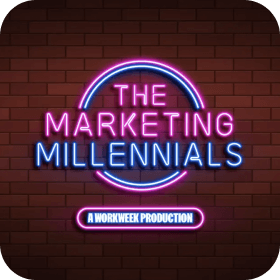It’s a sunny spring morning in the suburbs, the school bus is arriving soon, and the paperboy is finishing his morning route.
When he comes around to your cul-de-sac the paperboy drops off the normal local newspapers, you check the MLB standings, and weather for the week. But buried in the newspaper is a letter.
(No, not a letter from your high school ex proclaiming their love for you.) This is a letter from The Wall Street Journal.
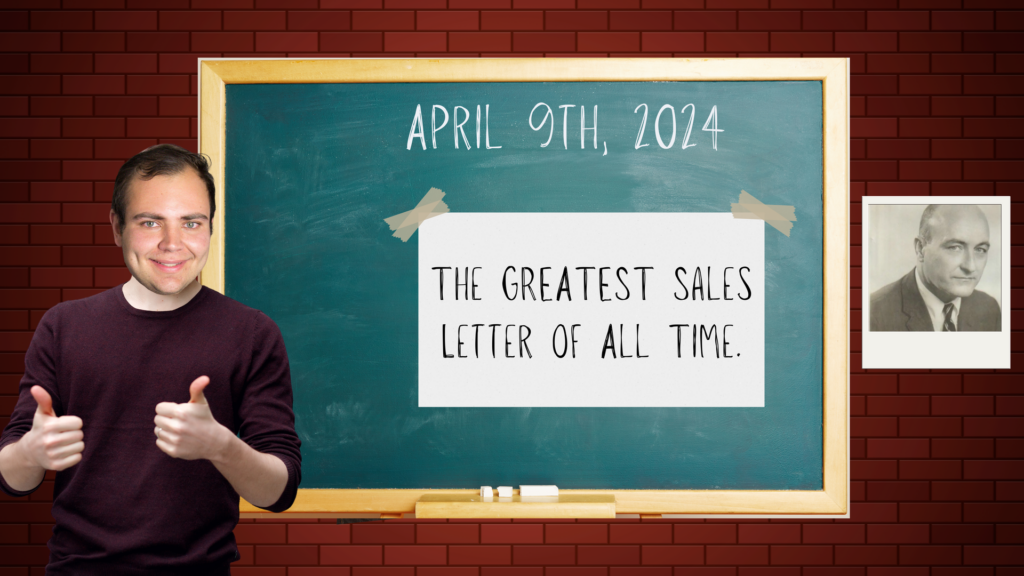
You think to yourself, “Eww, Wall Street? Those greedy jerks? I’m never reading anything from them.”
You toss the letter on the table as you eat your breakfast before heading to the office, but the iconic “The Wall Street Journal” logo at the header keeps staring at you, so you decide to read it.
Leading with a captivating story following the lives of 2 men, one more successful than the other, you find yourself on the edge of your seat for the next word in the letter.
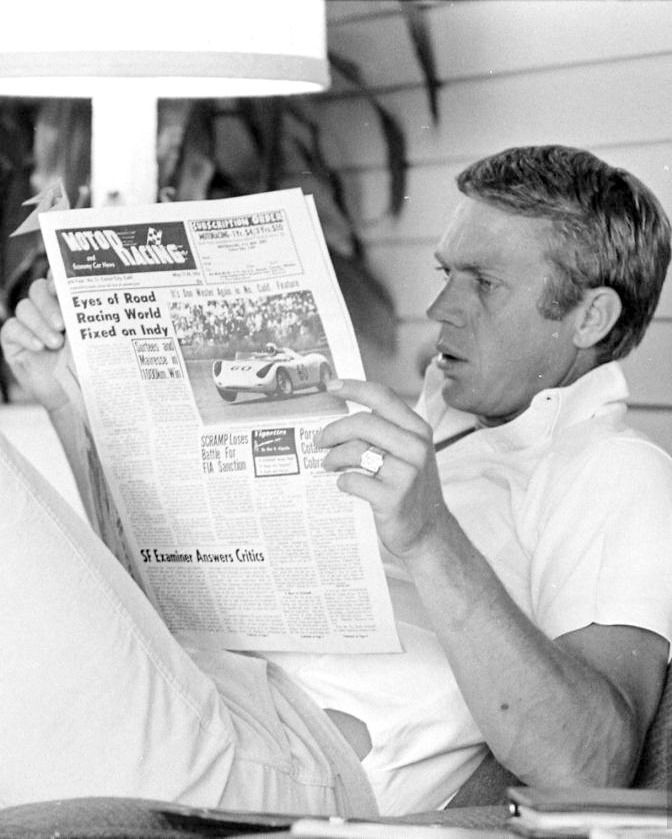
Before you know it, you’re halfway through the letter ready to cough up all the info The Wall Street Journal needs for your subscription.
This letter worked so well it ran for 28 years and generated $2B in revenue. It only had 750 words in it, meaning WSJ earned roughly $2.5M PER WORD.
Now the next time a coworker says “copy doesn’t convert” just tell them this story.
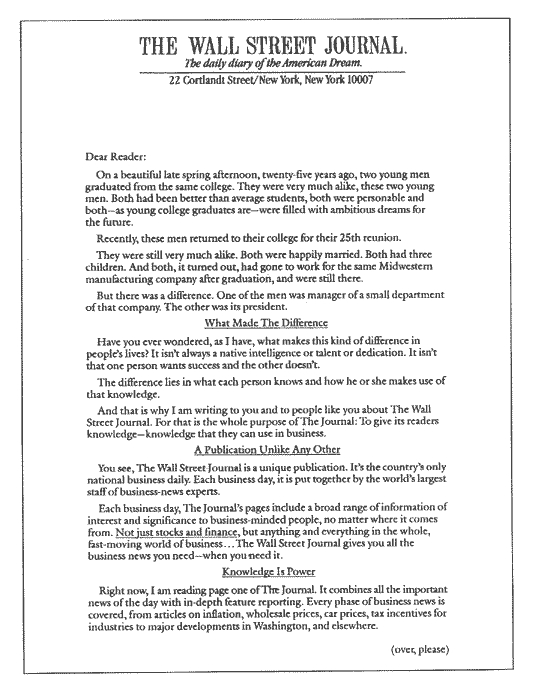
Martin Conroy was an American advertising exec born in Manhattan, veteran who served in the U.S. Army, and longtime copywriter at Bloomingdale’s.
After serving in the U.S. Army in Germany, Conroy came back to the states and took a job as a copywriter in 1950. Within a handful of years, Conroy became a VP, leading projects for The Boston Globe, General Electric, Sheraton, and Tupperware, but it was the Journal sales letter that cemented his legacy in the advertising world.
(Direct Marketing is a skillset that isn’t as prevalent in our social media dominant world, but it’s not one to overlook. The industry is still $10B+.)
The democratization of the TV and the dominance of radio threatened newspapers around the U.S. The Wall Street Journal was scrambling, trying to find ways to grow their subscriber base efficiently.
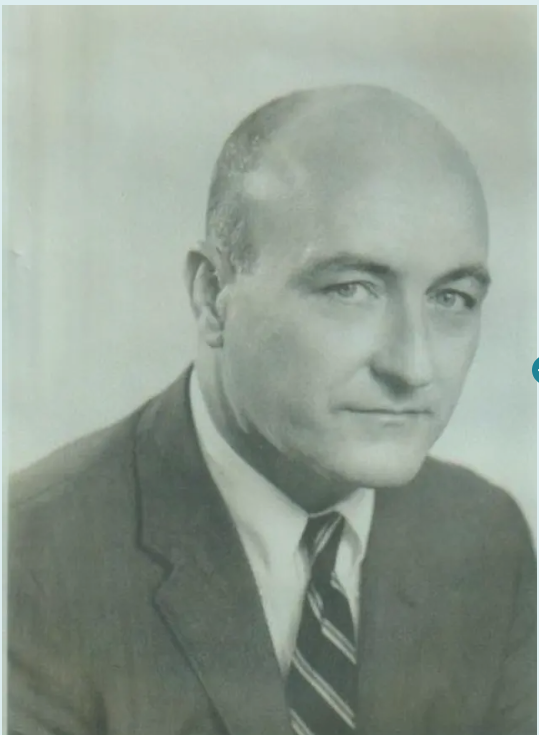
Martin Conroy’s role in leading this effort for The Wall Street Journal was to reel the readers in, slowly, firmly, and keep them hooked despite the looming threat of the trash can.
After a few days of putting together copy, Conroy was ready to ship.
The ICONIC sales letter that ensued was responsible for $2B+ in revenue and starts as follows…
Level up your marketing game
Zero BS. Just fun, unfiltered, industry insights with the game-changers behind some of the coolest companies from around the globe.
No spam. Unsubscribe any time.
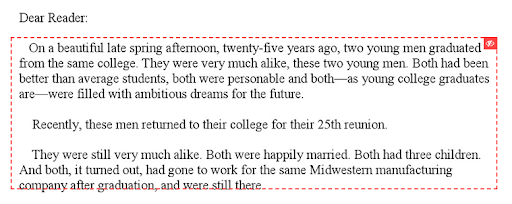
Try just reading the first paragraph, and you can’t. That’s why this letter is so powerful. The story is one of familiarity and one full of open loops where information is strategically withheld.
This does two things:
1️⃣. Readers can relate, playing into the storytelling aspect
2️⃣. Readers are motivated to fill in the information gaps and continue reading
because of the open loops
Why is this important??
Effective copy perfects that silent dance between storytelling and relaying the facts. Remember, facts tell and stories sell.
The sales letter continues:

This has us wanting MOREEE while also tapping into one of our deep-rooted human fears…falling behind. Clearly one of the men was significantly further ahead professionally.
Humans naturally compare their progress to their competition, this is especially prevalent in the business world and Martin Conroy knows it…so he leaned into it.
The rest of the sales letter takes you through the secret sauce behind the one man that is ahead in life, and it so happened to be knowledge.
As you can see below, the sales letter speaks directly to the individual reading the letter. Not speaking to the masses, it talks in first person, almost as if the man who was ahead in life was writing it himself.
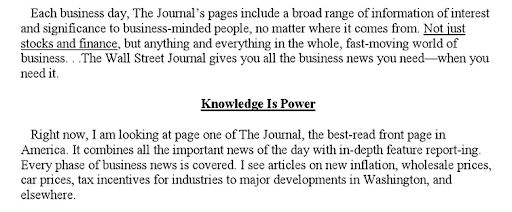
This allows a mass-produced item to take on a veil of personalization that almost always leads to greater satisfaction from the consumer’s end.
This greater satisfaction has been up for debate as of late (lol that rhymed). With two sides taking opposing viewpoints on the sales letter.
It was discovered that there was an ad run in 1919 that followed a similar structure to The Wall Street Journal’s $2B sales letter. The ad read as followed:

Many jumped to label Conroy as a fraud, but as you do even more digging it gets juicier.
A 1918 ad was seen with the hook: “The story of two clerks in New York City who started together a few years ago, side by side, each earning $12 a week.”
An eerily similar storyline of competing men with similar starting points yet extremely different outcomes, that has readers craving the knowledge to avoid falling behind.
This was the playbook that Conroy emulated.
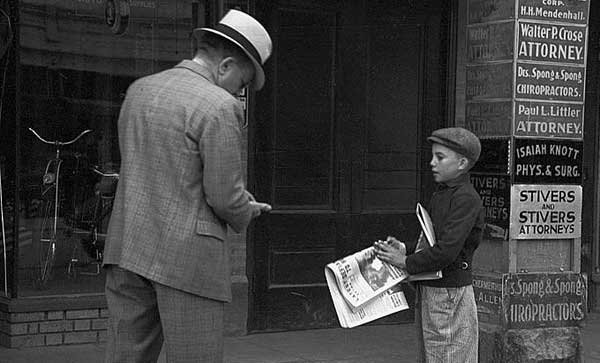
Taking inspiration from past advertisements to craft The Wall Street Journal’s sales letter, I love it. That’s what innovation is.
It’s not reinventing the wheel, it’s taking the existing wheel and improving upon it. Conroy didn’t start from scratch, he took inspo from other industries, copywriters, and campaigns to put together something that disrupted the entire industry.
On top of that, there were reports that the iconic Wall Street Journal sales letter only had a 0.3% conversion rate, far below the industry average of 2-4%, which would indicate the sales letter lacked effectiveness.
But it is HARD to deny effectiveness of a sales letter directly attributable to $2B+ in subscription revenue. I will take that ALL DAY long.
What do you think? Is this the greatest sales letter of all time?


